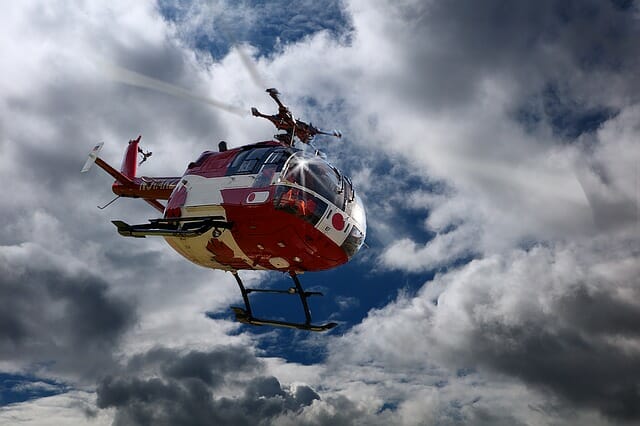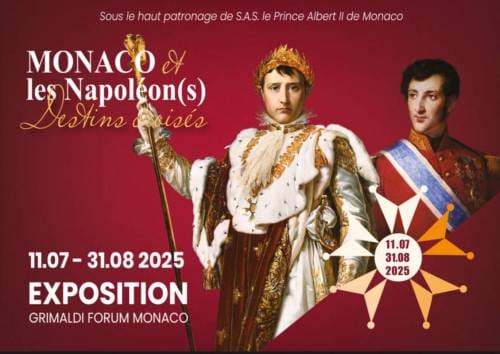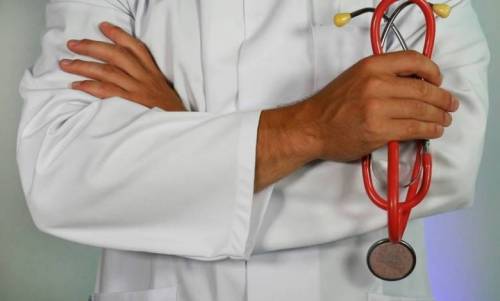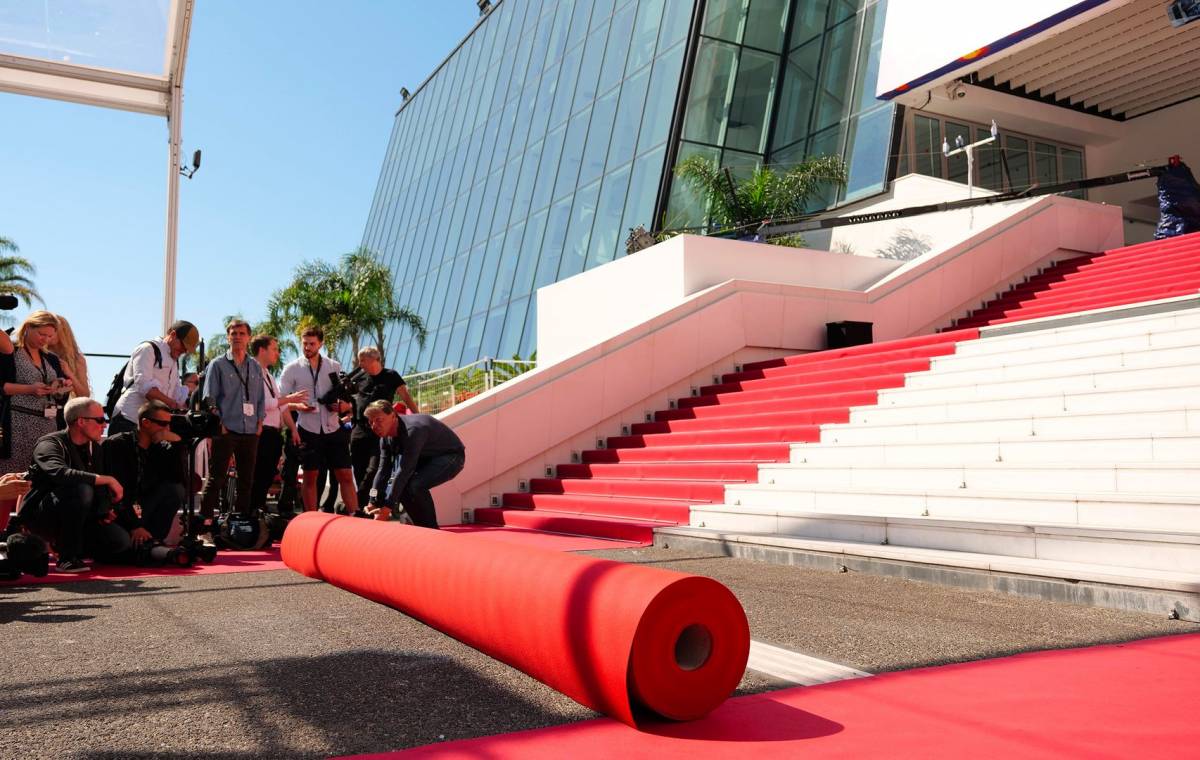We prefer not to imagine the worst – not even to think what the nature of the crisis might be. Fortunately, quietly behind the scenes, that hard potential reality is being thought through for us. Because forewarned is forearmed.
At Hospital Princess Grace drills are going on anticipating dramas that we hope to only see in the movies. Police, firemen, hospital directors, first aid specialists, doctors and nurses gather round in the Institute for Nursing Education (IFSI) and deal with the unthinkable – a terrorist attack, for example. Even worse a planned terrorist attack at multiple sites, hotels and restaurants or at sports events are on the agenda. Unlike the films you won’t see helicopters racing in and ambulances roaring to and fro in these drills. No need to instil fear in the public and there’s a much more efficient way to train the pros. It’s an emergency response set of protocols called MRMI which is targeted to become a European flagship: “Medical Response To Major Incidents”.

On a billboard are pinned cards – but this is no poker game. Each card is a victim, listing their vital signs, wounds, major or minor, priority for treatment, how long they have to live if untreated. The doctors, nurses and hospital directors are put through their paces: first aid, evacuation, to which hospitals.
Typical is a major exercise involving 125 professionals and 50 trainers watching every move.
Three other rooms are equipped simulating other hospitals to receive the overflow of wounded.
Then there is the Control Room where major decisions have to be taken according to the scale of the disaster – whether to call in more resources and medical specialties, organise marine and air evacuations if necessary, secure sites, deploy military in addition to police, intercept the terrorists.
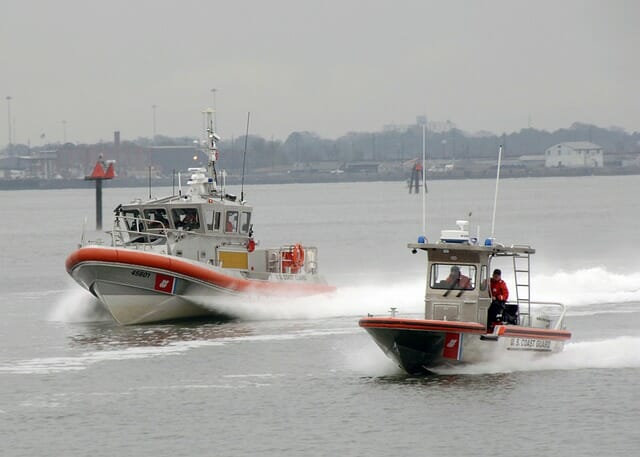
The good news is that this is a vital training exercise. The bad news is that these trials are realistic enough to have scary results. Typical might be a scenario in the order of 500 casualties and over a hundred fatalities (all theoretical if sadly realistic).
In each of these necessary trials of large-scale incidents vital lessons are learned which lead to lives saved and improved treatments for the wounded in the next trial. Even the trainers improve their already honed skills. And the biggest prayer of everyone is that this all remains low profile “under the covers” and theoretical.
Nevertheless, it’s easier to sleep at night knowing that Monaco is a centre of excellence for emergency response.



